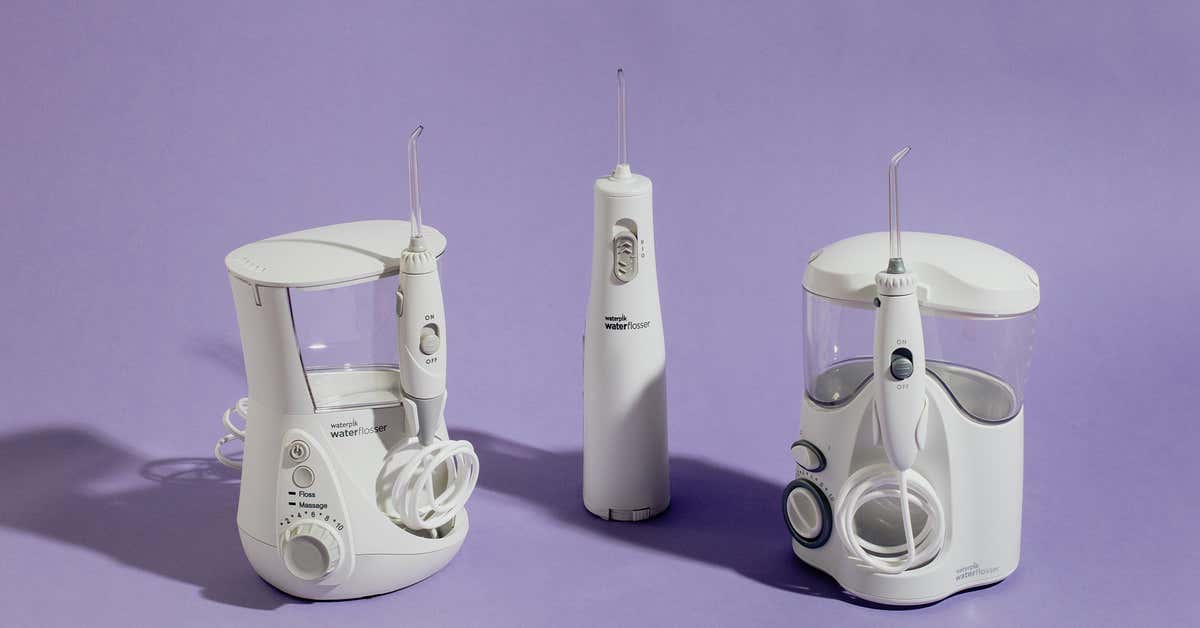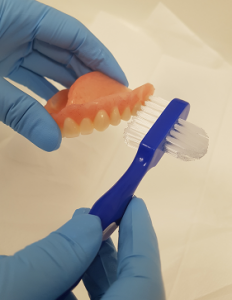It’s time to ditch the floss and move on. It’s time to stop wasting money on floss, and start using alternatives that will never cause a cavity or unwanted bleeding gums. With these new and improved products, we can make oral hygiene great again. Today, there are plenty of better alternatives to string floss.
A water flosser is one of the most effective alternatives for good oral care. Good dental hygiene is a crucial element of general health, primarily because of your teeth, and a water flosser is one of the most effective options you have for good oral care. Flossing with water removes dead cells from between your teeth and increases blood flow to the gums. This aids in the prevention of gum disease and the improvement of gum health. Because of the deep clean they provide, they also work wonders on stains and plaque build-up.
There are dozens of different brands of water flossers. Every month, new firms debut their items on social media and e-commerce sites. On must-have-dental.com, we review some of the greatest brands and their particular models in depth in order to stay informed, or perhaps just to check what other new goods are out there.
Poor-quality knockoffs have recently appeared on the market. Because they have bogus reviews and no method to contact the brand, these fake products are easy to recognize. We recommend reading our reviews of recommended brands below to avoid buying phony water flossers.
Best Overall Model
Waterpik WP-660 Aquarius
This is without a doubt the best water flosser available. The ADA has formally approved and accepted one of the very few goods in its class (American Dental Association). It has seven flossing tips and ten water pressure levels, which make a huge difference for persons who have sensitive gums. A three-year warranty is included with the WP-660 Aquarius.
In our perspective, the higher-priced WP-670 lacks significant feature differentiation to justify the increased price.
Check Prices
Water flossers are surrounded by a plethora of items. Choosing the appropriate floss is important since it has an impact on both your mouth and your health. That’s why we’ve produced a list of the best flossers on the market.
Water Flossers Comparison Table
| PRODUCT | DETAILS | CHECK PRICES |
|
|
Waterpik Aquarius WP 660 Floss for 90+ seconds Pressure range: 10 to 100 PSI 1400 pulses per minute Hygienic tips included: 7 |
CHECK PRICE |
Once you determine what type of water flosser you want, there are some important things to consider.
Flosser Tips
| Type of Flosser Tip | Best For |
| Regular, General, or Jet Tip | – Everyday floss – Anti-plaque – Gentle everyday rinse |
| Nasal Tip | – Flushing nasal passages |
| Orthodontic Tip | – Sensitive teeth – Braces & brackets – Permanent retainers |
| Toothbrush Tip | – Flushing and brushing in one |
| Tongue-Cleaning Tip | – Cleaning the tongue to remove bacteria and food debris |
| Periodontal Tip | – Cleaning below the gumline – Periodontal pockets |
| Plaque-Fighting or Restorative Tip | – Crowns & Bridges – Cleaning dental implants |
Water Pressure Settings
For first-time flossers, the ability to control the stream’s power is critical. Most water flossers have a variety of settings, including a sensitive mode. If you’re new to flossing, take it carefully at first. Controlling particle size and pressure is crucial to improve the quality of your dental care.
What pressure setting, though, should you use? That depends entirely on your oral and dental health. Customers may change the pressure on most countertop Waterpik versions from 10 to 100 PSI. This is a good feature, and it will come in handy if more than one person will be using the flosser.
Begin flossing on the inside of your mouth, aiming for your tongue. This will reduce the amount of damage that water pressure can cause to your sensitive gums until you can recalibrate it.
Tank Capacity
Longer flossing sessions are possible with larger water tanks. When you have to replenish the tank only to finish flossing the opposite half of your mouth, it’s inconvenient.
When we don’t utilize the entire tank, though, there’s always the urge to leave water in the reservoir. It’s not a good idea! Leftover water might become stale and seep into the mechanics of your water flosser over time.
Detachable reservoirs are also preferable to non-detachable reservoirs. Trying to fit the flosser under the tap or taking water from the faucet to the flosser and pouring it in won’t work out.
So, how big should a water tank be? 650ml (22 ounce) tanks are the optimum.
Water Control on Handle
Some countertop flossers, as strange as it may seem, do not include this useful feature. It greatly aids in the regulation of the stream’s pressure range. It also allows you to turn the flosser on and off without having to look down or accidentally hit the wrong button.
Some flossers will have little buttons to press, while others will have knobs or sliders to operate easily. A slider with all the options under one thumb is fantastic if you have large or uncoordinated fingers – no more contorting your arm to figure out which section of the product you’re trying to activate.
Some businesses claim that their water flossers will aid in the treatment of gum disease. This is a classic case of puffery, or making inflated claims to sell a product. While any type of cleaning and flossing may assist to keep your teeth healthy, no single product will be able to cure this disease.
Top Water Flosser Reviews
[INSERT LIST HERE]
Final Tips
If you’re not certain that any of these water flossers are healthy for you, we’ve put up a list of what you should look for in a flosser:
Capacity of large water tank (90 secs usage is best)
Adapter universal
Large battery life if cordless
2 or more flossing tips are required
On the highest setting, 90+ psi
3 or more modes are available: mild, regular, and pulse.
Water pulses at a rate of over 1,200 per minute





